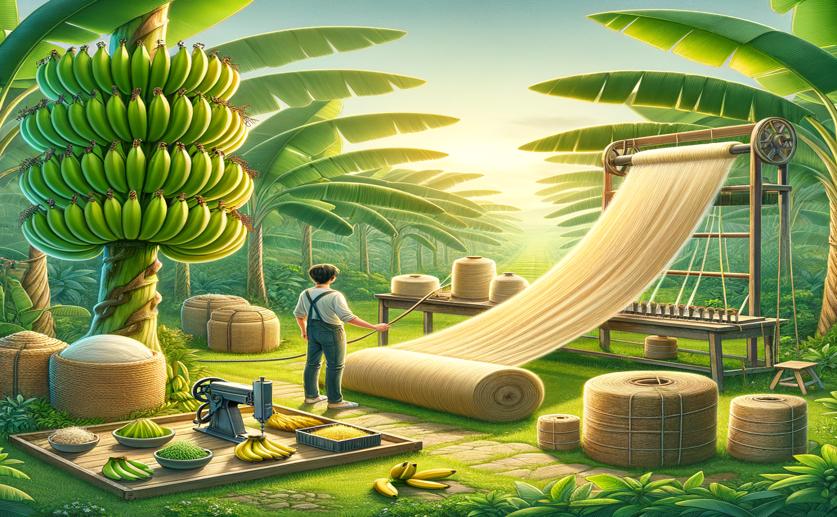
Exploring Banana Fiber for Eco-Friendly Ropes and Fabrics
Jim Crocker
27th April, 2024

Image Source: Natural Science News, 2024
Key Findings
- University of Douala study finds banana-plantain stalk fibers can make eco-friendly materials
- These natural fibers can be turned into strong ropes and fabrics for soil reinforcement
- The use of banana-plantain fibers could reduce reliance on synthetic, polluting plastics
AgricultureSustainabilityBiotech
References
Main Study
1) Investigation of chemical, physical and morpho-mechanical properties of banana-plantain stalk fibers for ropes and woven fabrics used in composite and limited-lifespan geotextile.
Published 30th April, 2024 (future Journal edition)
https://doi.org/10.1016/j.heliyon.2024.e29656
Related Studies
2) An overview of chemical additives present in plastics: Migration, release, fate and environmental impact during their use, disposal and recycling.



 9th March, 2024 | Jim Crocker
9th March, 2024 | Jim Crocker